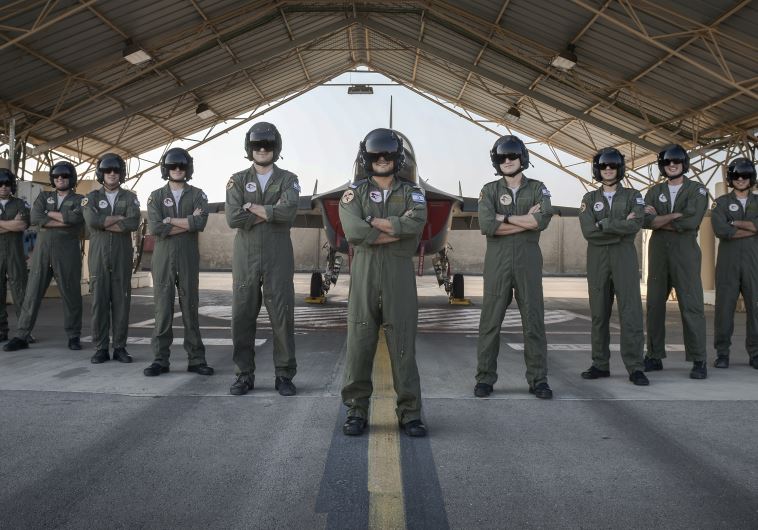A look into the IAF's latest international exercise
The IAF pitted young pilots against squadrons from the US and Greek Air Forces last month to test their abilities to deal with unexpected threats.
 The latest batch of graduating IAF pilots, December 26, 2015.(photo credit: IDF SPOKESMAN’S UNIT)ByNOAM AMIR/MAARIV HASHAVUA
The latest batch of graduating IAF pilots, December 26, 2015.(photo credit: IDF SPOKESMAN’S UNIT)ByNOAM AMIR/MAARIV HASHAVUA